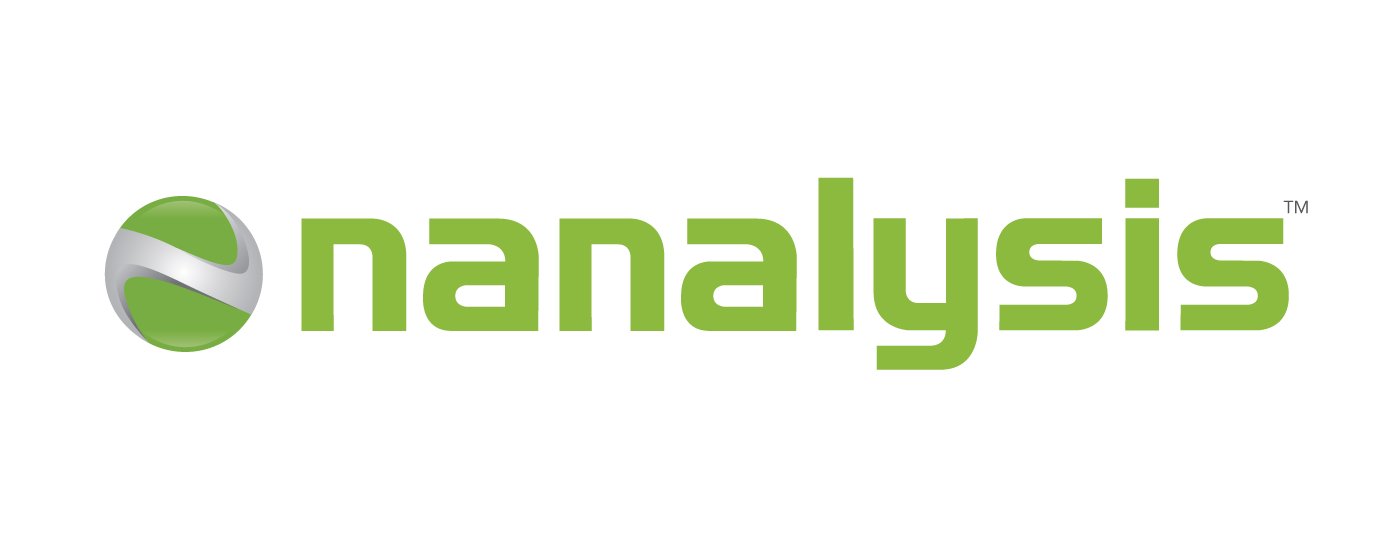NOESY: the experiment for when you just need to know more, particularly the 1H-1H spatial proximity
Given the superior resolution of our 100 MHz instrument, we can perform structure elucidation on increasingly large molecules. As molecules get more complex, as do the suite of experiments that can be used to understand their molecular and conformational structure. NOESY and ROESY are examples of experiments that become more important as we start investigating larger molecular scaffolds. In this blog we will discuss the NOESY experiment.
The NOESY (Nuclear Overhauser Enhancement SpectroscopY) spectrum allows users to trace out the spatial relationships in the molecule.1 The Nuclear Overhauser Effect (NOE) arises from dipole-dipole interactions due to proximity between active nuclei, giving information about the spatial environment when active spins are close in space (< 5 Å). In the case where NOE is experimentally observed, information related to relative stereochemical, and molecule assignment is obtained.
For ease of illustration of NOESY assignment, in this blog we will discuss the interactions in the small and rigid molecule vanillin. Vanillin has an aromatic ring with three substituents and using NOESY spectroscopy it is possible to assign the aromatic substitution in the ring.
Figure 1: 1H-1H NOESY spectrum acquired at 100 MHz of vanillin in DMSO-d6.
The NOESY spectrum of small molecules in low viscosity solutions are in a regime where the NOE correlations are positive (orange)2, so it appears with an opposite phase from the diagonal (blue), as can be seen in Figure 1.
While NOESY experiments are not as common for structural assignment as 1H and COSY might be, they are useful to confirm structural assignments and access spatial information. In the vanillin example, from 1H integrals you get the information about the presence of a CH3 and its chemical shift (3.8 ppm) suggests that it is bonded to an electronegative atom. The 1H chemical shift close to 10 ppm is characteristic of an aldehyde or carboxylic acid (13C can be used to determine which of these two organic groups is present in the molecule, alternatively you can quickly assess it by looking at the lack or presence of carbon satellites in the proton spectrum). From the 1H spectrum we know that we have three aromatic hydrogens (integrals and chemical shift values). The coupling values (1H spectrum) and the COSY correlations will suggest that two of the aromatic protons (purple and blue) are ortho to each other and the third proton (orange) is meta and para in relation to them. The question at this point will be, how the three substituents are distributed in the ring, and the NOESY is an excellent tool to answer this.
If we interpretate the NOESY spectrum (Figure. 1), we can state that the orange hydrogen is close in space to the methyl (green) and the aldehyde (red), represented by the green and dashed black line. Also, the blue hydrogen correlates with the aldehyde (black dashed line), but not the purple, so it is the blue hydrogen that is close in space to the aldehyde. It is important to notice that the sigma bond of the carbonyl with the aromatic ring has free rotation, that is why the aldehyde hydrogen can be close in space with the blue and orange hydrogens. To conclude, the blue and purple hydrogens are also close in space, which is highlighted by the red line.
For more information about our 100, or 60 MHz benchtop NMR spectrometer , or options for advanced experiments or pulse programming capabilities through SPINit, please contact sales@nanalysis.com or fill out this form.
[1] Berger, S. and Braun, S. 200 and More NMR Experiments: A Practical Course, Wiley-VCH, pp. 430-433, 2004.
[2] Claridge, Timothy D. W., High-Resolution NMR Techniques in Organic Chemistry, 3th edition, chapter 9, pp. 338.

